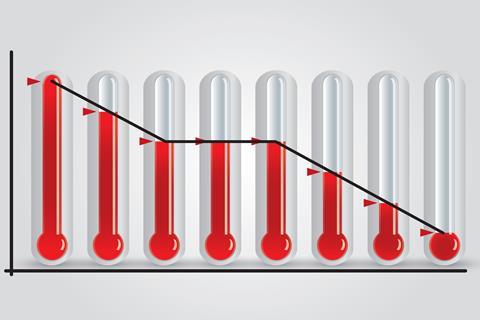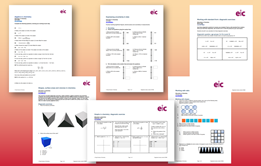A diagnostic exercise, practical and worksheet to assess and boost students’ grasp of graphing

Chemistry teachers know that graphical representations are essential in their subject and that conceiving abstract graphs as mathematical objects is necessary to manipulate chemical graphs and laws. So, it goes without saying that chemistry students need to master this area of study. Novice chemists often perceive graphs as pictures and representations, rather than mathematical objects they can manipulate. Expert chemists, on the other hand, know how to navigate between the universal and the particular.
Use this diagnostic exercise to assess students’ grasp of graphing, relate these ideas to simple chemical laws and decide whether more class time should be devoted to these particular skills.
Also use the data from a cooling curves practical to complete various graph-drawing exercises. Heating and cooling curves can be drawn at different levels of abstraction: the representative graph of a particular experiment, the universal graph for the substance being analysed, and an even more abstract ‘generic’ curve showing the overall pattern. The worksheet takes students through the levels to consider the role of different graphs.
Use this resource alongside the Education in Chemistry article How to approach graphs in chemistry.
Downloads
Graphs in Chemistry_ Diagnostic exercise
Editable handout | Word, Size 74.12 kbGraphs in Chemistry_ Diagnostic exercise
Editable handout | PDF, Size 90.84 kbGraphs in Chemistry_ Cooling curves
Editable handout | Word, Size 0.14 mbGraphs in Chemistry_ Cooling curves
Editable handout | PDF, Size 77.82 kb
Maths skills for chemistry

Resources to help your students apply their maths knowledge in their chemistry lessons
- 1
- 2
- 3
- 4
- 5
- 6
 Currently
reading
Currently
reading
Improve graph skills for chemistry















































1 Reader's comment